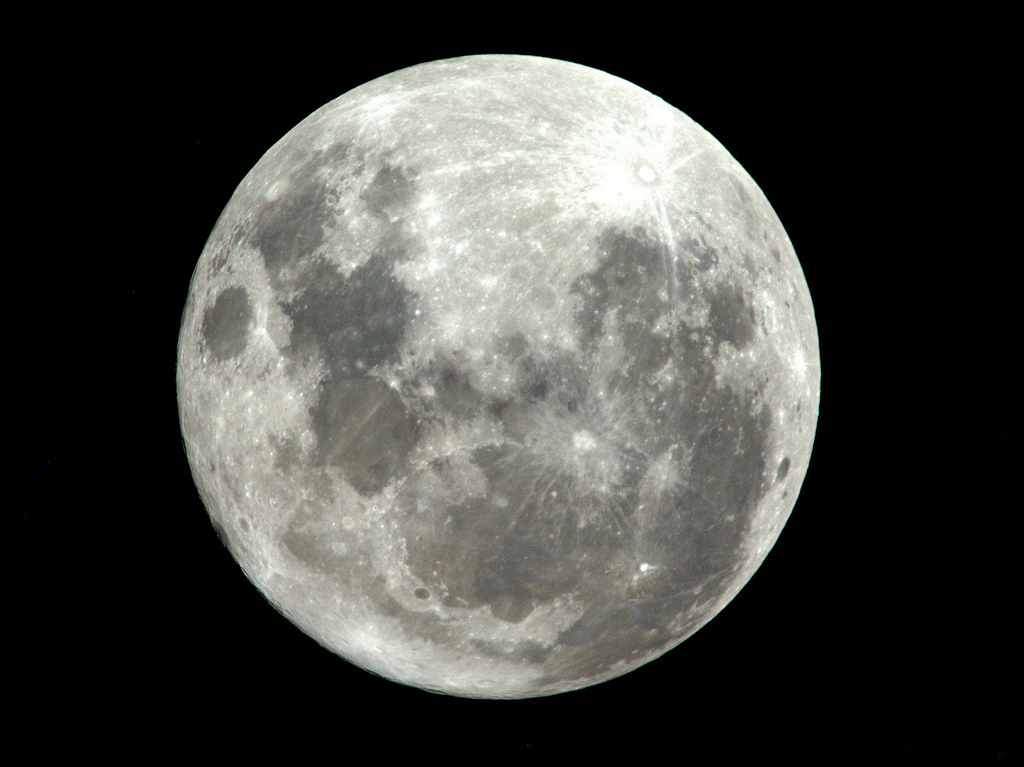Skywatching Events for April 2011

Here's a look at the most promising skywatching events in April 2011:
Moon Phases
Sun., April 3
New Moon, 10:32 a.m. EDT
The Moon is not visible on the date of New Moon because it is too close to the Sun, but can be seen low in the east as a narrow crescent a morning or two before, just before sunrise. It is visible low in the west an evening or two after New Moon.
Mon., April 11
First Quarter Moon, 8:05 a.m. EDT
Breaking space news, the latest updates on rocket launches, skywatching events and more!
The First Quarter Moon rises around 12:30 p.m., and sets around 3:30 a.m.
Sun., April 17
Full Moon, 10:44 p.m. EDT
The Full Moon of April is usually known as the Egg Moon.
In Algonquian it is called Pink Moon. Other names are Sprouting Grass Moon, Fish Moon, Seed Moon, and Waking Moon. In Hindi it is known as Hanuman Jayanti. Its Sinhala (Buddhist) name is Bak Poya. The Full Moon rises around sunset and sets around sunrise, the only night in the month when the Moon is in the sky all night long. The rest of the month, the Moon spends at least some time in the daytime sky.
Sun., April 24
Last Quarter Moon, 10:47 a.m. EDT
The Last or Third Quarter Moon rises around 2 a.m. and sets around noon. It is most easily seen just after sunrise in the southern sky.
Observing Highlights
Sun., April 3, 8 p.m. EDT
Saturn at opposition
Saturn, located just above Spica in Virgo, returns to the evening sky, visible all night. Its rings have now opened up so that their Cassini Division should now be visible in small telescopes.
Thu., April 7, early evening
Moon close to the Pleiades
The narrow crescent Moon passes just south of the brightest star cluster in the sky, the Pleiades (Messier 45) in Taurus.
Sat., April 9, early evening
Moon close to Messier 35
The six-day-old Moon passes just south another fine star cluster, Messier 35 in Gemini.
Tue., April 19, morning twilight
Mercury and Mars
The planets Mercury and Mars are less than a degree apart in morning twilight. Best viewed from the Southern Hemisphere.
Fri., April 22, morning twilight
Uranus and Venus
Watch as brilliant Venus rises in the east. Look with binoculars or a telescope a degree above and to the left of Venus to spot tiny Neptune. (In the Australia and New Zealand, the conjunction occurs on Saturday morning, April 23, and Uranus will be below and to the left of Venus.)
Sat. April 30, morning twilight
Six Planets
Just before dawn, six planets and the crescent Moon will gather in the dawn sky. From left to right they are Jupiter, Mars, Mercury, Venus, the Moon, Uranus, and Neptune.
Planets
Mercury is not well placed for most of April, being too close to the Sun. It reappears in the morning sky late in the month.
Venus is a brilliant “morning star” low in the east all month.
Mars is too close to the Sun to be observed most of April. It reappears in the dawn sky late in the month.
Jupiter is also too close to the Sun to be observed most of April. It reappears in the dawn sky late in the month.
Saturn is visible all night in Virgo, reaching opposition on April 3. Its rings have returned to their usual glory after being on edge for the last two years.
Uranus is in Pisces all month. It is too close to the Sun to be observed most of the month, reappearing at dawn near month’s end.
Neptune is now a morning object in Aquarius, visible in binoculars or a small telescope.
This article was provided to SPACE.com by Starry Night Education, the leader in space science curriculum solutions.

Geoff Gaherty was Space.com's Night Sky columnist and in partnership with Starry Night software and a dedicated amateur astronomer who sought to share the wonders of the night sky with the world. Based in Canada, Geoff studied mathematics and physics at McGill University and earned a Ph.D. in anthropology from the University of Toronto, all while pursuing a passion for the night sky and serving as an astronomy communicator. He credited a partial solar eclipse observed in 1946 (at age 5) and his 1957 sighting of the Comet Arend-Roland as a teenager for sparking his interest in amateur astronomy. In 2008, Geoff won the Chant Medal from the Royal Astronomical Society of Canada, an award given to a Canadian amateur astronomer in recognition of their lifetime achievements. Sadly, Geoff passed away July 7, 2016 due to complications from a kidney transplant, but his legacy continues at Starry Night.

